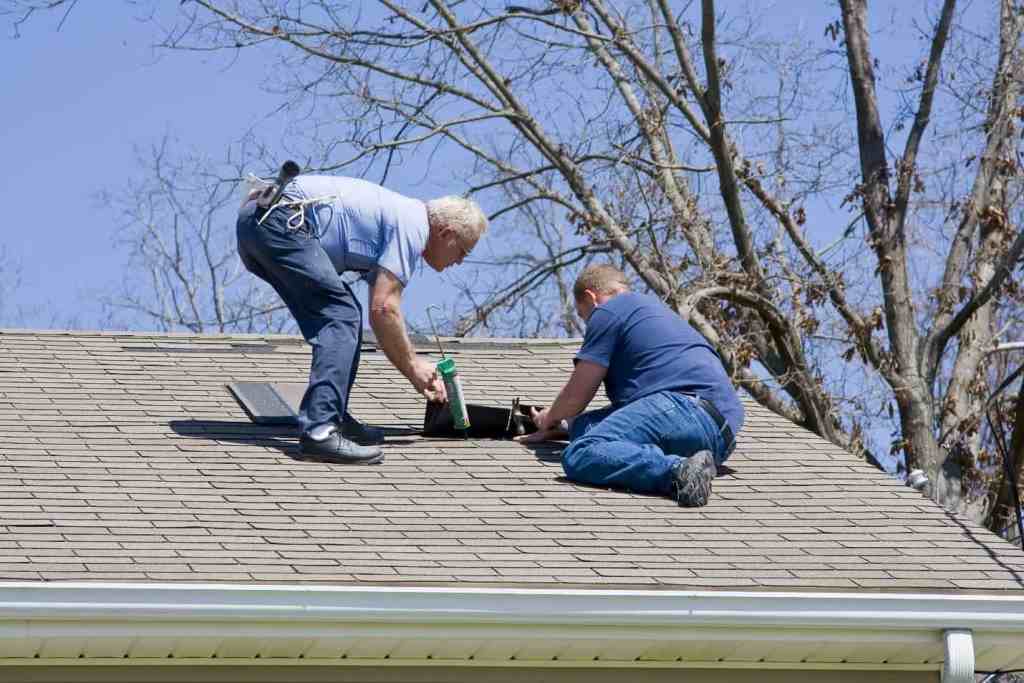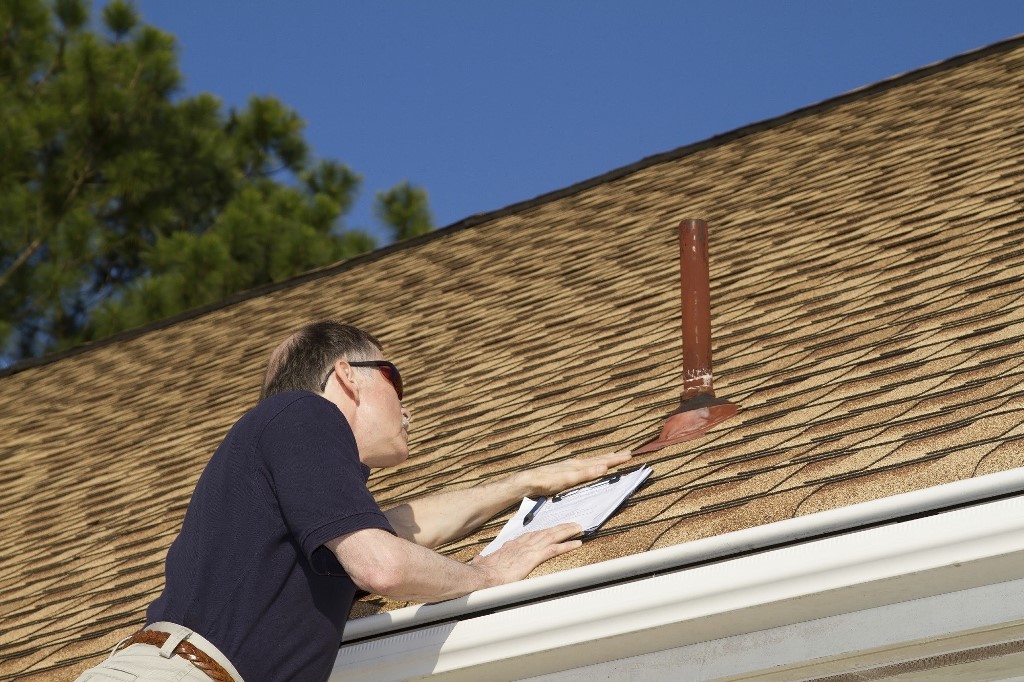A new roof is one of the most expensive projects for your home. These 10 roof maintenance tips will help you avoid the cost of a new roof too soon.
Did you know that a roof leak can lead to mold and mildew, leading to serious health issues? A leaking roof is a common issue that you can avoid by maintaining your roof.
Are you looking for tips on roof maintenance? Not to worry! In this guide, we’ll go over roof cleaning and maintenance tasks.
Want to learn more? Keep reading.
1. Inspect Your Roof Shingles Often
Check shingles throughout the year, but especially after any storms or windy days. You don’t have to climb up on your roof to complete the inspection. Instead, use binoculars to see if there are any problems.

Keep an eye out for any curling or cracked shingles. Take note if there are any missing or peeling shingles as well.
You will need to get a roofing professional over to your place if you notice any of the signs above. Make sure you call someone who has the experience and can repair your roof right away.
2. Watch Out for Leaks in Your Attic and Ceiling
Another task you should add to your maintenance list is to check for any signs of leakage. Look out for spots or water stains. Check your ceilings and attic areas for any signs of water damage.
Is there mold on some of your doors? What about bulging areas on your walls or water spots on your outside doors? Locate the leaking area right away after you see these signs.
If you can’t find the leak, call in a professional roofer. Ask them to inspect your roof and complete any repairs. If you feel comfortable, consider doing the repairs yourself.
3. Check and Clean the Gutters
Gutters will protect your roof from water damage and the harsh external elements. Gutters will collect rainwater and then drain it away from your roof.
Don’t leave your gutters uninspected for an extended period. You want to clean the gutters often so you can avoid any severe water damage.
If you don’t clean your gutters, you could damage your foundation, basement, and the paint job.
Clogs can cause the water to back up and head upwards, damaging your roof. Your roof can absorb standing water, and cause the roof sheathing and rafters to rot. During a rainier season, clean your gutters often.
4. Cut Away Branches Hanging Over Your Roof
Any branches that hang near your roof could pose a serious risk. Most people often ignore the branches until the incident occurs. Don’t ever let your trees grow too close or tall near your home.
Branches can puncture and scrape your roof. A tree branch could fall through your roof during a massive storm and cause damage.
Make sure you trim low-hanging branches near your home. You will keep your family safe and protect your roof and home.
5. Don’t Forget About Inspections
Continue preventative maintenance by asking an inspector to check your roof. Ask the roofing professional to keep an eye out for leaks or sagging. Consider hiring them to come and inspect your roof at least twice a year.

Most roofs will have weaker spots, but these areas could lead to significant problems. Regular inspections will identify these areas, and you can prevent any potential damage.
Call for a roof inspector to come and give you repair estimates after they have inspected your roof. This way, you can prepare for a future roof repair down the road.
6. Treat Your Roof Every Year
Protect your roof from moss, algae, and lichen growth. Growth occurs during the warmer months of the year, affecting the shaded areas of your roof.
Call in a roofing professional to wash your roof. You can apply preventative products to keep moss, lichen, or algae from growing. Make sure the products contain zinc and copper.
Apply these products each year to make your roof last.
7. Check the Insulation
Insulation helps to protect your roof and keeps the temperature in your home at an optimal level.
Insulation can wear down over time. If the insulation in your attic does wear down, your roof is at risk.
Ice dams can form in the opening, and moisture can seep inside the cracks, causing your roof to breakdown.
Inspect the insulation in the attic often and make sure it’s in good condition. If you need to get new insulation installed, make sure you get it done as soon as possible.
You want to make sure your attic area remains well-ventilated. Ventilation will help get rid of excess moisture.
8. Get Rid of Leaves and Sticks on Your Roof
You’ll want to get rid of small tree limbs, sticks, and leaves from your roof. Debris like this can encourage wood rot, algae growth, and damage your roof over time.
Have your roof cleared off when you get your trees trimmed. You could do it when you clean out the gutters as well. Use a roof leaf rake.
9. Inspect the Flashing, Joints, and Seals
The joints, seals, and flashing are common areas for leaks. Inspect these areas for any damage. Flashing covers entry points like the chimney and vents. Leaks occur in these areas often. Watch out for punctures, bending, or loose sealant.

10. Get Rid of Excess Snow
Do you live in an area where you get heavy snowfalls in the wintertime? You’ll want to make sure you get rid of the snow. Heavy snow accumulation could cause a roof collapse. Use a snow rake and remove the buildup. You could also hire a professional.
Keep up with these steps throughout the year. This way, you can make sure that your roof stays in top shape.
If you need to get a new roof installed, take the time to research a reputable roofing company. Learn more about a roof installation service.
Now You Know More About Roof Maintenance
We hope you found this guide on roof cleaning and maintenance helpful. Take the time to complete these roof maintenance tasks throughout the year. Call a roofing professional to check your roof and show you any weak areas.
Keep browsing our other helpful resources on home and garden, and more.




